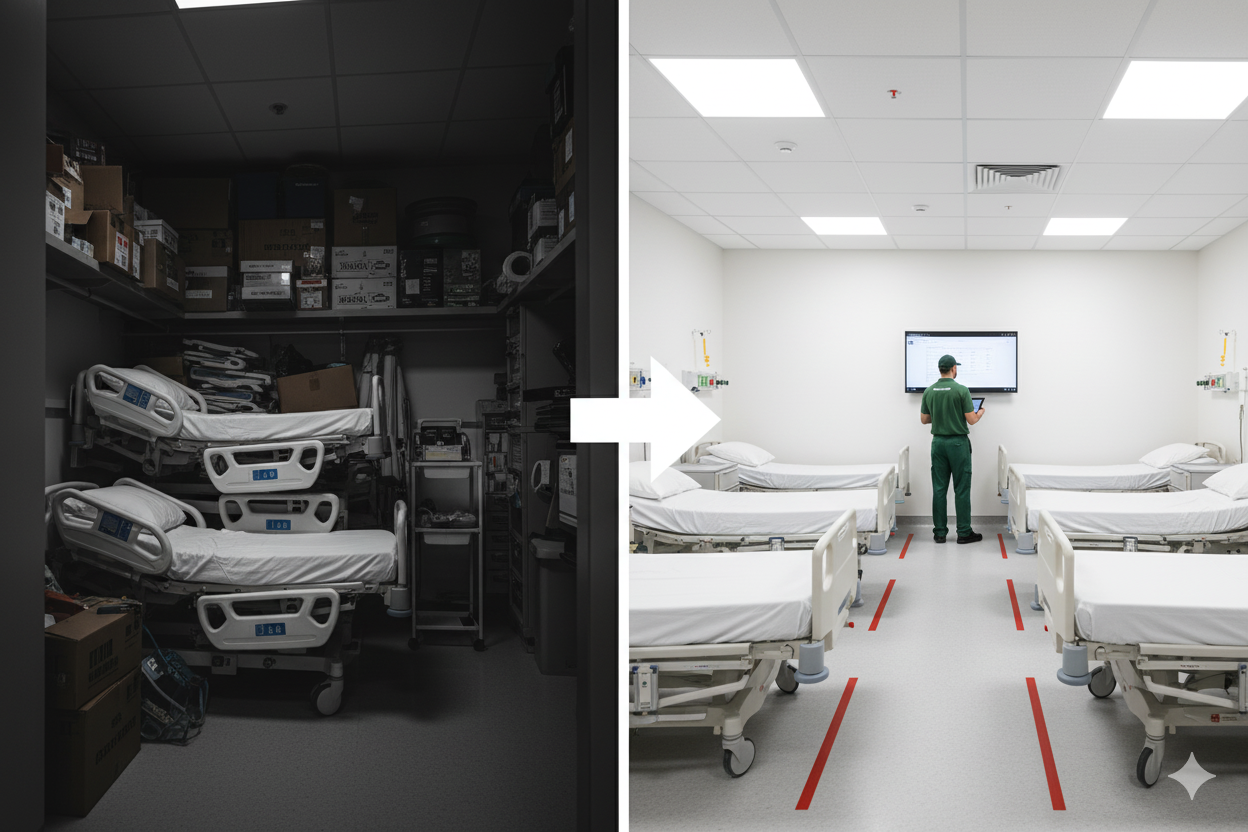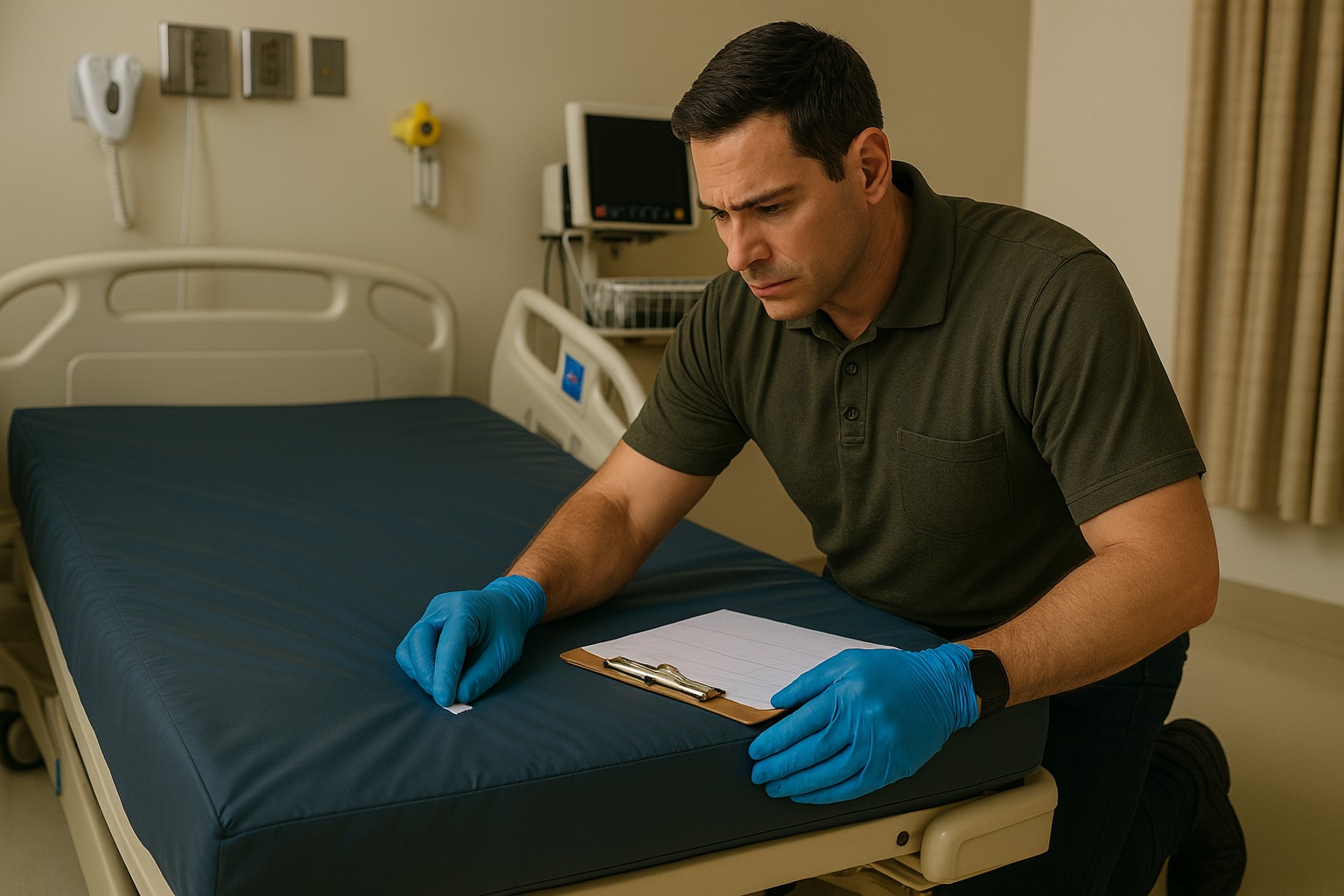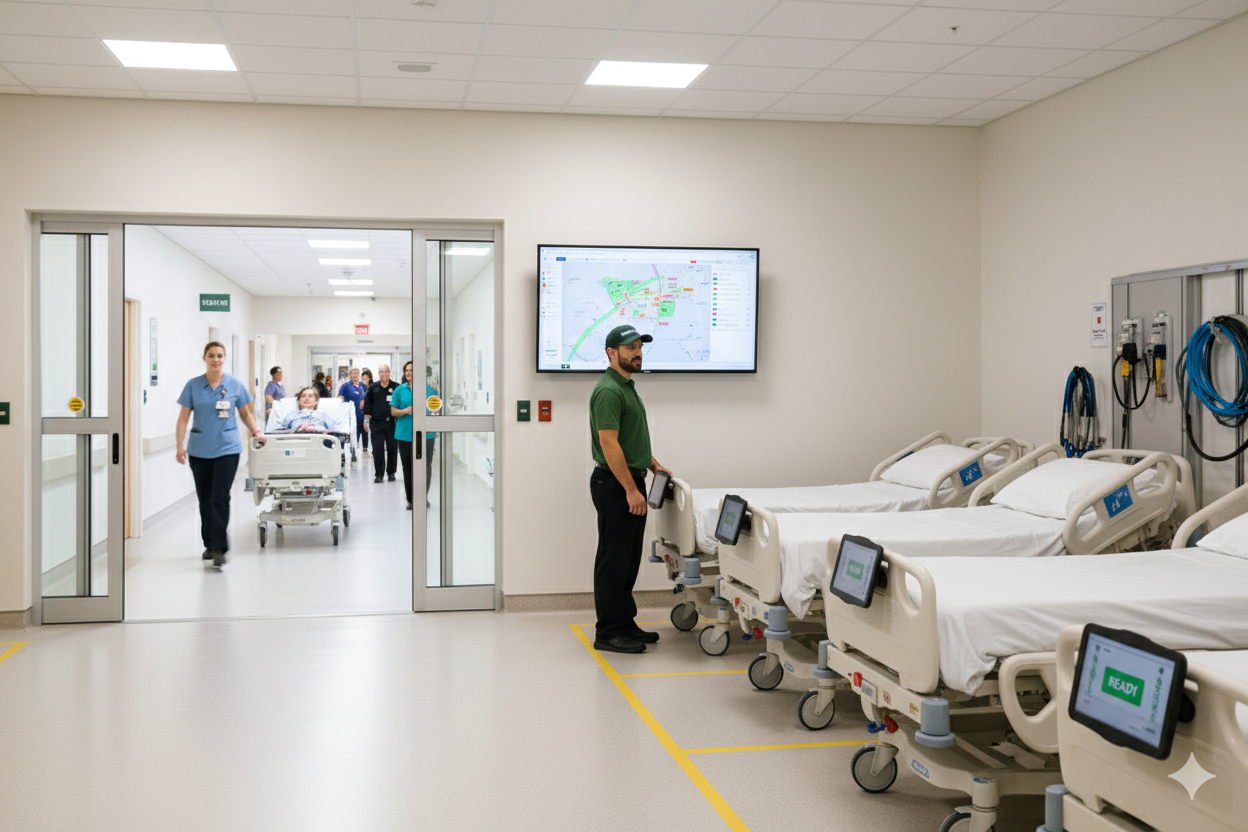
Hospitals across the country are investing heavily in additional beds to address what they perceive as a capacity crisis. But here’s the truth: many of them already own the beds they need—they just don’t know where they are.
The real issue isn’t a lack of physical inventory. It’s a lack of visibility.
Between emergency overflow, discharges, and maintenance holds, hospital beds often end up scattered across hallways, closets, and off-site storage. Without real-time tracking or structured storage practices, care teams and logistics staff spend precious hours searching for beds that technically exist but aren’t immediately available.
This creates a costly bottleneck in patient throughput—one that directly impacts revenue, satisfaction scores, and clinical outcomes.
Emeritus is helping hospitals solve this hidden crisis by modernizing how beds are stored, managed, and tracked. Their inventory optimisation and storage consulting services transform underused corners and cluttered storage areas into fully functional “ready rooms”—spaces where beds are clean, staged, and easy to access when needed most.
Their program focuses on three key areas:
- PAR Level Management: Setting and maintaining ideal inventory levels for each unit
- Bed Tagging & Tracking: Using barcodes or RFID to identify where every bed is in real time
- Storage Workflow Optimisation: Redesigning physical space to make retrieval fast and safe
With this structured approach, hospitals gain the ability to pull accurate reports on bed availability, rotation history, and maintenance status—eliminating guesswork and manual search.
The result? Faster admissions, fewer hallway backups, and more efficient use of capital equipment.
In an environment where every delay is costly, having beds “somewhere in storage” simply isn’t good enough. Hospitals need actionable visibility and smarter workflows to stay ahead of demand.
Emeritus provides the insights and infrastructure to make that possible—turning existing inventory into ready capacity and restoring flow across the entire patient journey.
Because when beds move smarter, patients move faster.










